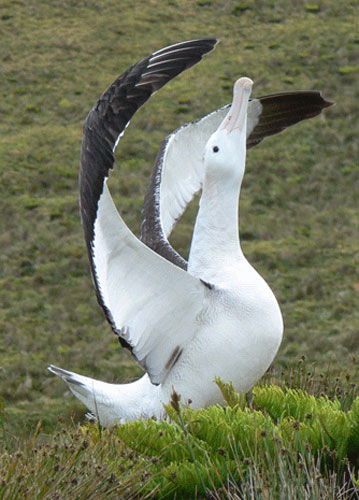The Fifth Issue (December 2011) of the Henderson Island News brings the welcome information that the aerial bait drop in August last year to eradicate Polynesian Rats or Kiore Rattus exulans by the Henderson Island Restoration Project looks like it might have been successful. However, although no rats or their signs have been seen for up to 11 weeks after the operation and improvements in the breeding success of the resident seabirds are now expected, including of the threatened gadfly petrels Pterodroma spp. that occur, it will not be until 2013 that success or not is to be confirmed. Click here for more details.
The ship-based eradication was conducted by the Royal Society for the Protection of Birds (RSPB) working with the Government of the Pitcairn Islands, along with a number of other partners.
Although sub-tropical Henderson Island in the southern Pacific Ocean does not support any ACAP-listed species the successful execution of the eradication project will help in developing and expanding the needed skills and knowledge base for similar future efforts on other remote oceanic islands, some of which do support ACAP-listed albatrosses and petrels that are at risk to introduced rodents. A prime example must be Gough Island in the South Atlantic where introduced House Mice Mus musculus continue to wreak havoc among the Critically Endangered Tristan Albatrosses Diomedea dabbenena (click here).

Male Tristan Albatross displaying on Gough Island
Photograph by Andrea Angel & Ross Wanless
For more information on the Henderson Island World Heritage Site view its management plan. For an earlier item in ACAP Latest News on the Henderson Restoration Project click here.
Reference:
Cuthbert, R.J., Louw, H., Visser, P., Rexer-Huber, K., Parker, G.[C.] & Ryan, P.G. 2011. Preparations for the eradication of mice from Gough Island: results of bait acceptance trials above ground and around cave systems. In: Veitch, C.R., Clout, M.N. & Towns, D.R. (Eds). Island Invasives: Eradication and Management. Gland: World Conservation Union & Auckland: Centre for Biodiversity and Biosecurity. pp. 47-50.
John Cooper, ACAP Information Officer, 5 January 2012

 English
English  Français
Français  Español
Español